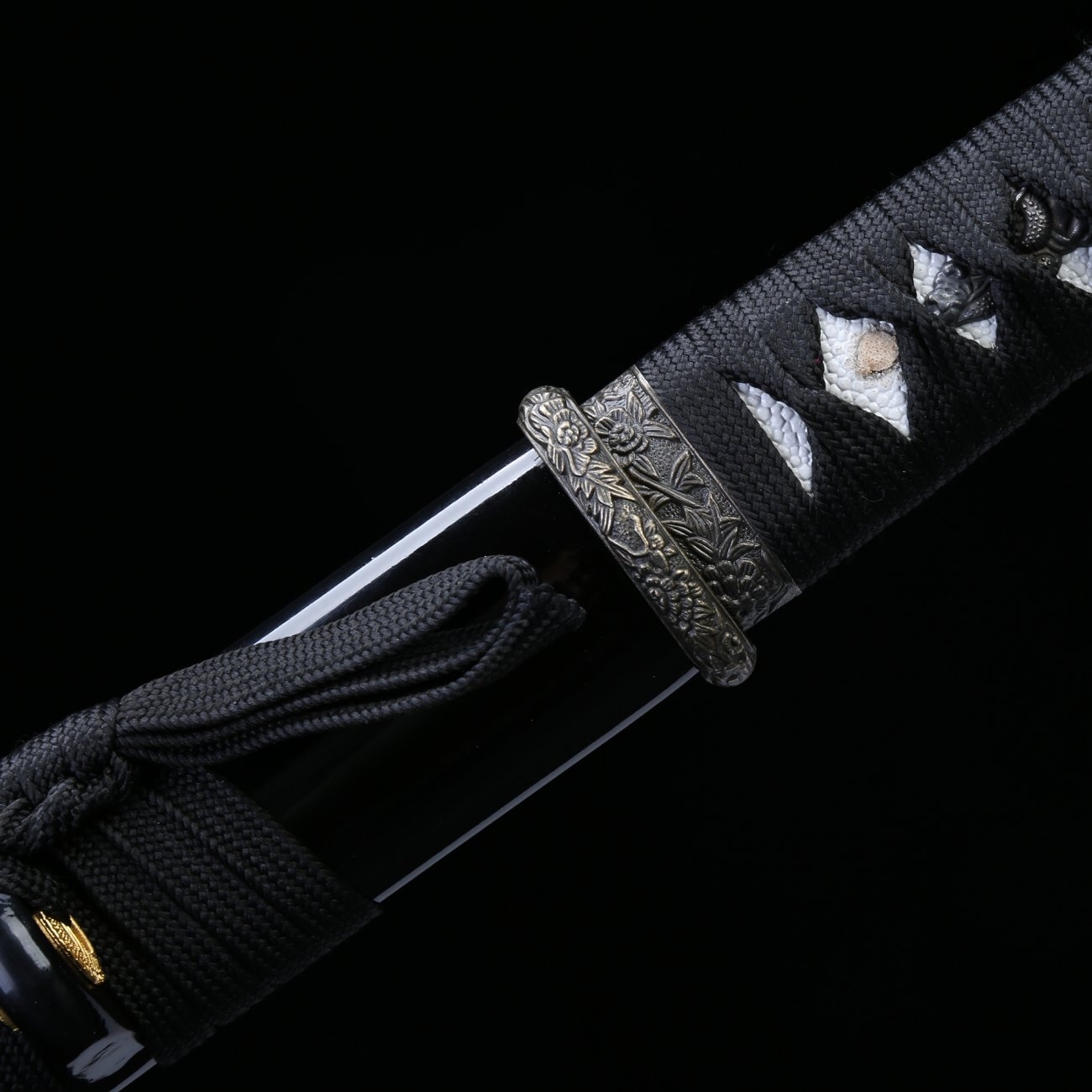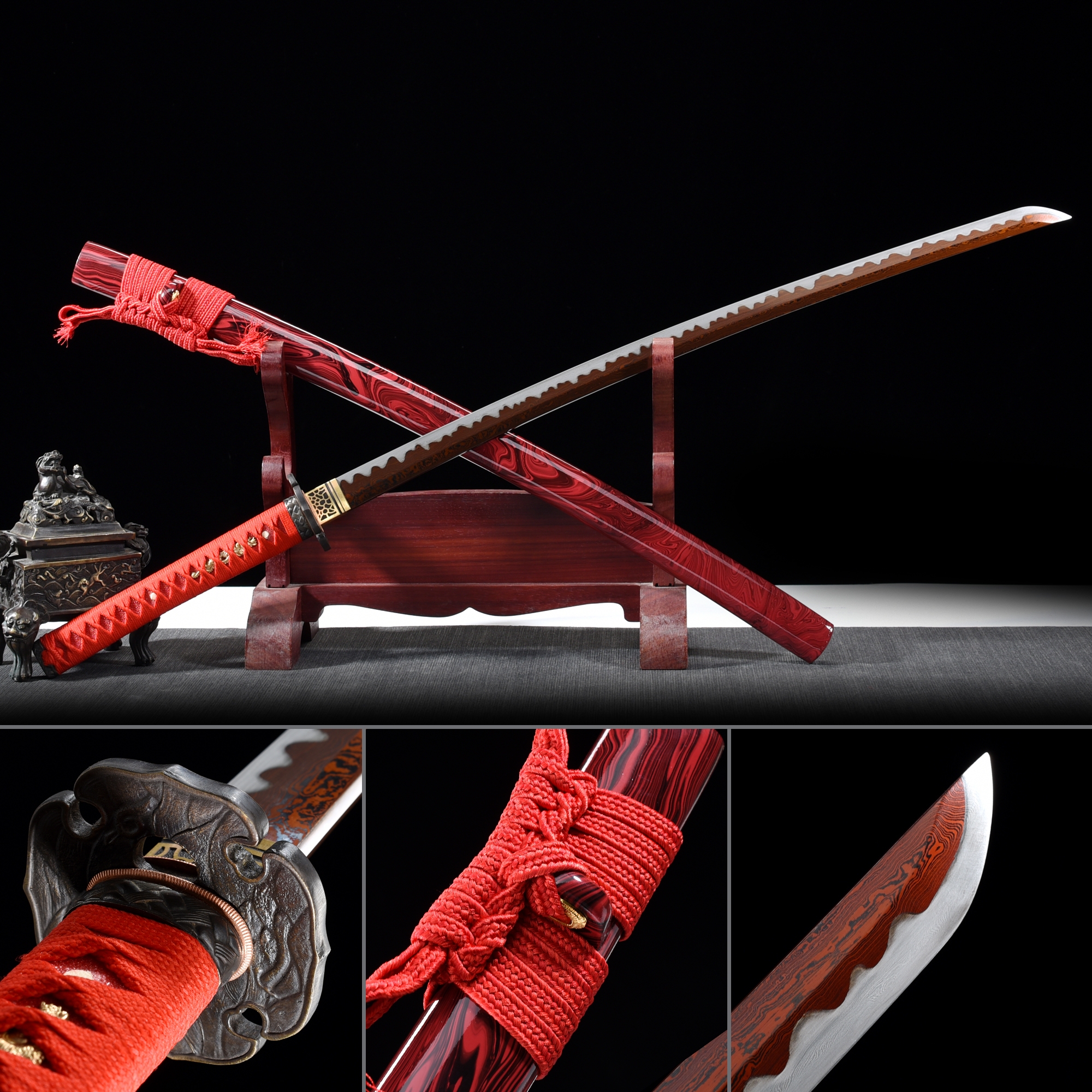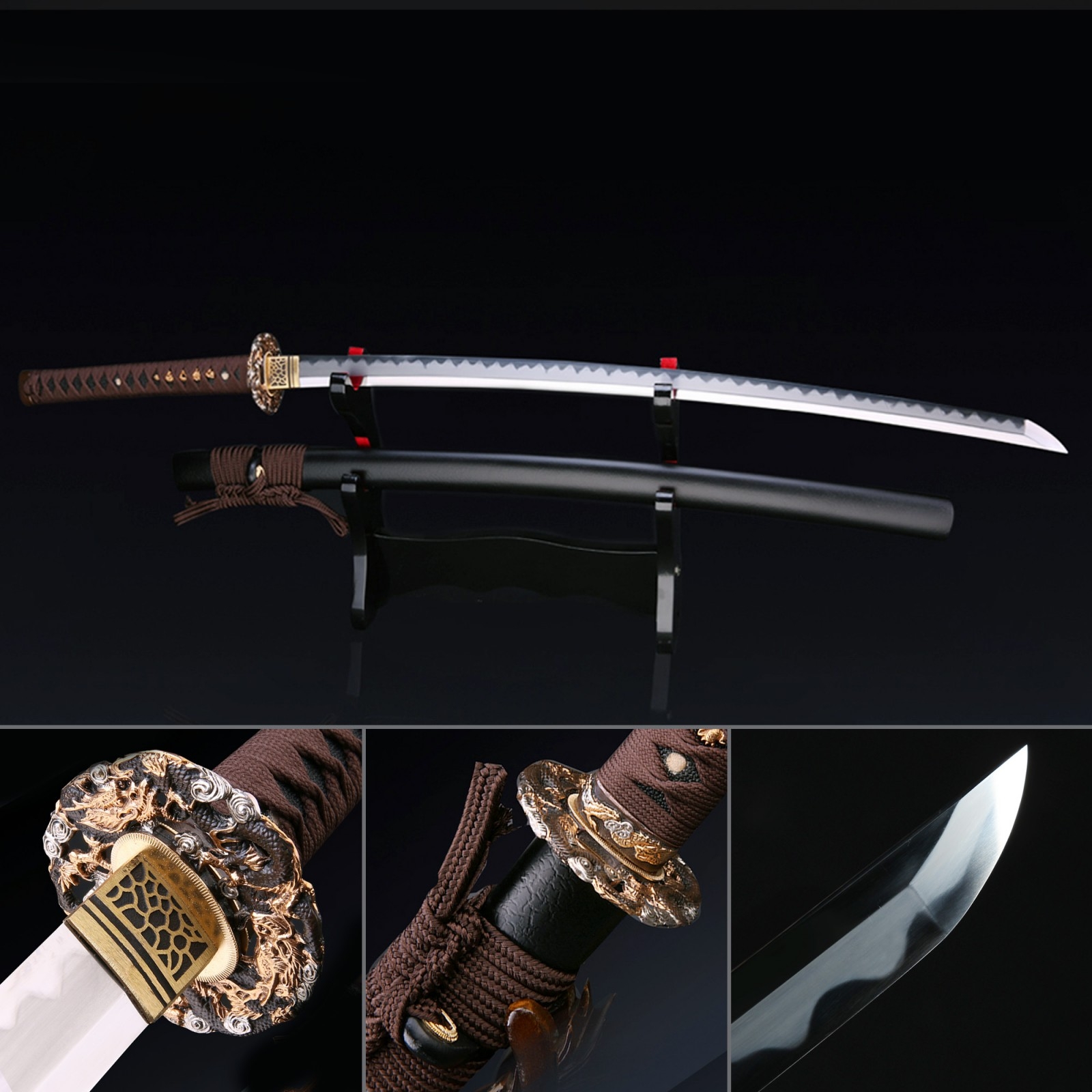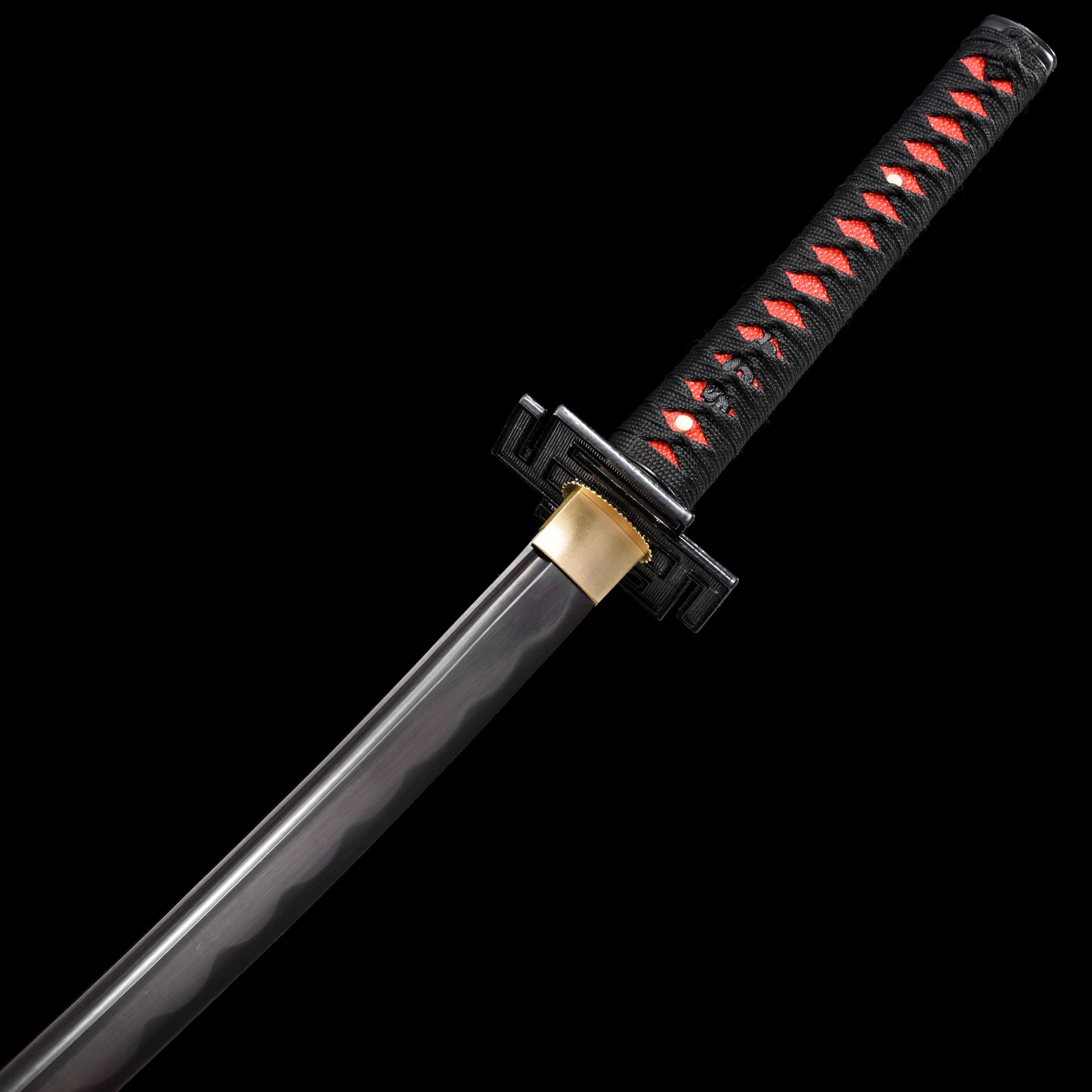

Many, manyĪntique blades were left unsigned or have had their signatures (mei) lost over time.

The reverse is also not true - if a sword is not signed does not mean it is machine made. Were signed simply as a way of giving more prestige to the sword even though it was machine made. During the WW II era, many machine made blades Is the tang (nakago) signed? Many people tend to believe that if a sword NEVER CLEAN THE TANG OF A JAPANESE SWORD OR TAMPER WITH IT IN ANY WAY!!! - it will reduce its value by at least 50 percent!! The type and color of the rust is used to help date and to authenticate the blade. As the tang rusts and ages, these become progressively smoother and less distinct. On newer swords the file marks on the tang will be sharp and crisp. Older swords will have more rusted tangs, ranging from brown to smooth deep black rust for the oldest swords. Never use force to remove the handle.) Newer swords will have a grey, metallic tang perhaps with a little red rust. (NOTE: Some swords may have two mekugi - one near the guard and the other near the end of the hilt. If the peg (mekugi) or screw holding the handle (tsuka) onto the blade can be removed and the handle safely removed (use care not to damage the handle or blade - the complete handle should slide off the end of the tang), examination of the tang (nakago) can tell much about the age of the blade. If the blade is not sharp all the way to the habaki does not assure it is a WW II era blade, but is Swords may likewise not be sharpened down to the habaki however, most WW II swords were not. Most WW II era blades are not sharpened all the down to the habaki (collar). Is the blade sharpened all the way to the base where it joins the hilt? These are all machine made and are not classified as "Nihonto".Ĭheck the military sword page for examples of WW II era
REAL JAPANESE KATANA SERIAL NUMBERS
If there are serial numbers stamped in the blade, it is a machine madeīlade - most likely a WW II NCO sword. An etched temper line will be seen as a smooth cloud lacking any internal features. Will show tiny dots/specks (nioi and/or nie) along and between the border of the hamon and the rest of the blade. Examine the hamon with a magnifying glass.

WW II era machine made swords have an etched temper line, not a true temper line (hamon) madeīy differential tempering of the blade. WW II era swords will show prominent grain (hada).ĭoes the blade show a true temper line (hamon)? Replica swords and many Most certainly mean the blade is handmade. There are old sword blades which have no visible grain (muji hada) however, the presence of grain does Grain (hada) is sometimes difficult for beginners to recognize. Of forging the blade using multiple folds,etc. Japanese swords will have a visible grain in the steel of the blade. Is there visible grain (hada) in the steel of the blade? Most handmade Any so called "ninja sword" is pure fantasy. There is no historical documentation that ninja used swords which were of a special design or differed from those used by other Japanese of the period. Also many Chinese military swords are confused with Japanese swords. There are also numerous reproduction and fake Japanese swords on However, just because the blade is steel does not mean it is a genuine Japanese sword as many modern replicas are made with steel blades.

If the blade is aluminum, the sword is notĪ "real" sword and certainly not an antique. When in doubt, check the blade with a magnet. Iaito (iai practice sword)? Many modern replicas and iaito have aluminum blades. The first question to be answered - is it a real sword or a modern replica or an For definitions of terms, check the visual glossary page. You may severely injure yourself and/or damage the sword. Do not undertake to dis-assemble a sword unless you know what you areĭoing. The blade must be examined in its entirety and not judged solely No single indicator alone will determine whether a sword blade is anĪntique or of recent vintage. NOTE: The following suggestions for determining whether a Japanese sword is old or new (WW II era or later) are only general guides. JAPANESE SWORD IDENTIFICATION - Is it old? Is it real?


 0 kommentar(er)
0 kommentar(er)
